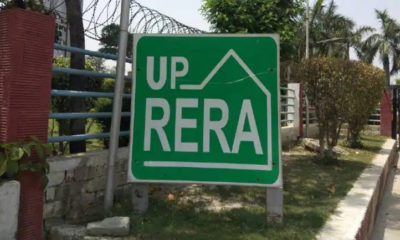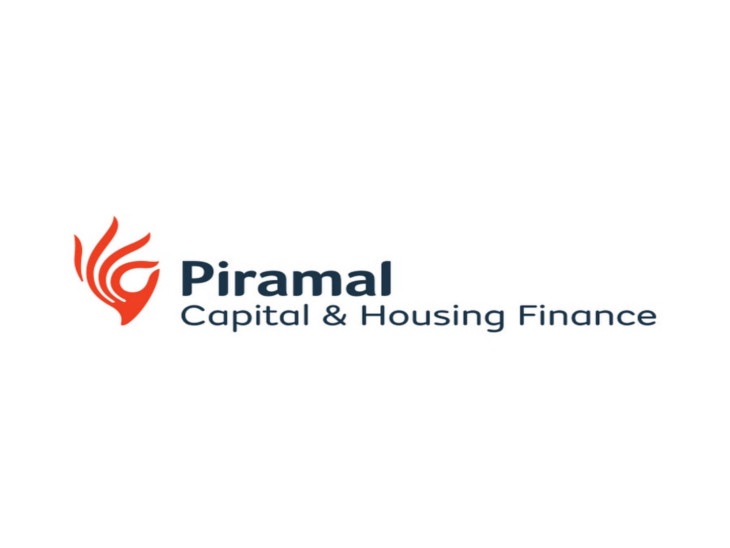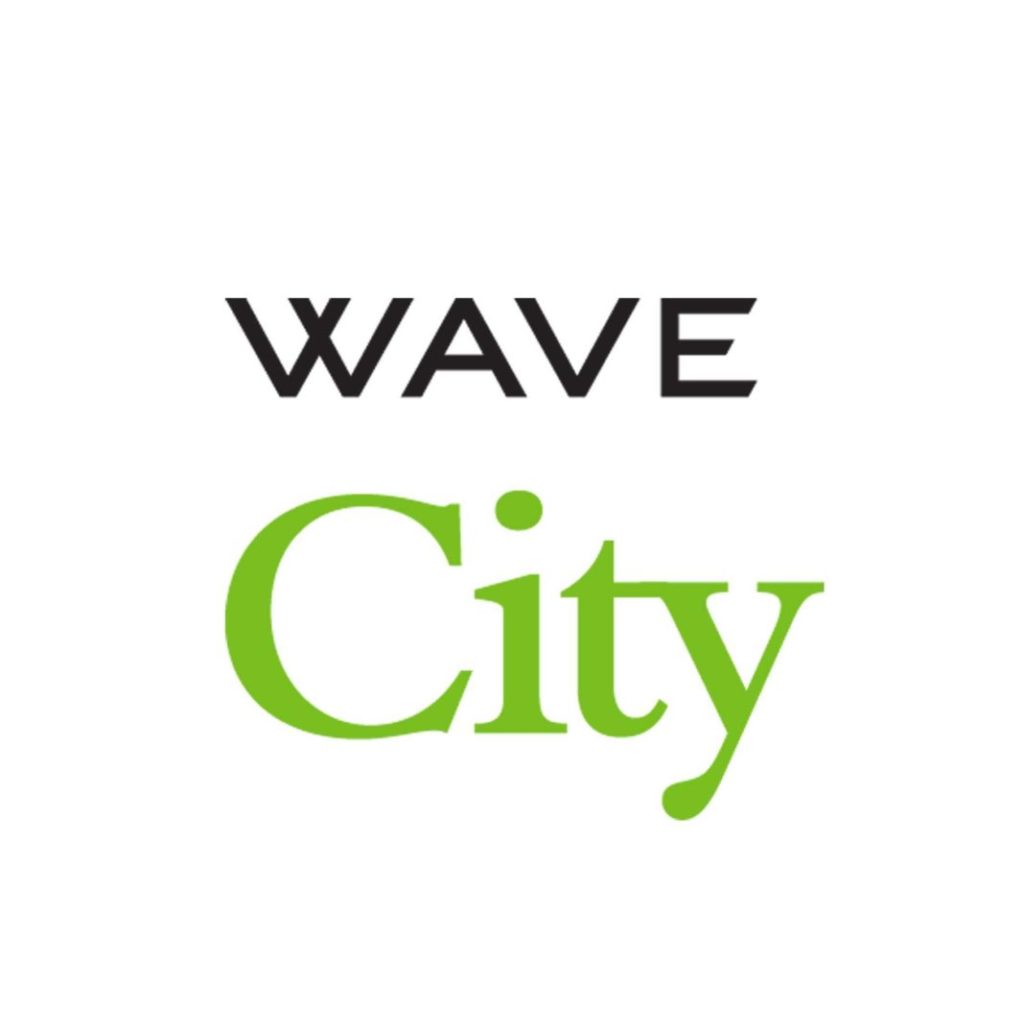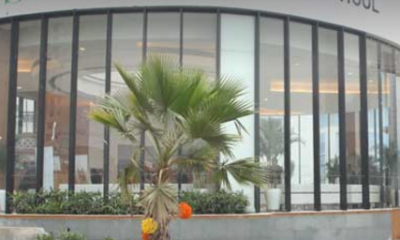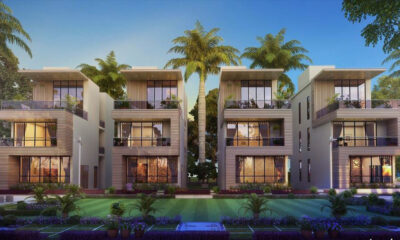Skyline
Eyeing The Sky
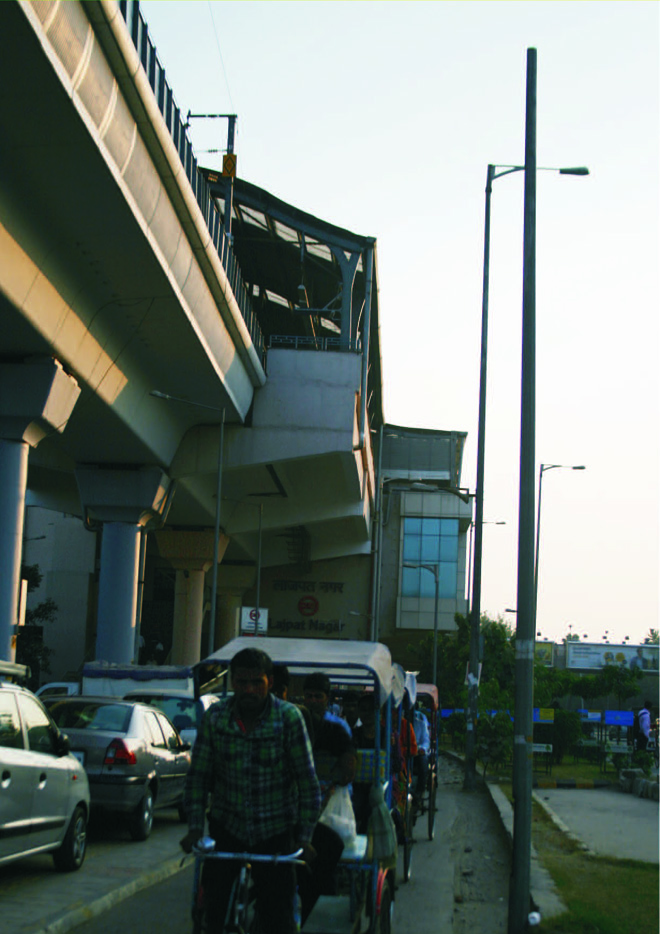

With the Ghaziabad Development Authority permitting more floor area ratio for the areas near a proposed Metro rail line, the city’s skyline is poised for a vertical change even as realty developers are riding on expectations of about 30% additional expansion of apartments as well as a good appreciation of property prices. As things stand, it could be a shot in the arm for a sluggish realty
Very soon the skyline skirting Ghaziabad’s Metro zone is all set to change. In a move that will boost the real estate industry in and around the Ghaziabad Metro ‘influence zone’, the Ghaziabad Development Authority (GDA) recently cleared a proposal to allow more floor area ratio (FAR) for buildings that fall in the zone of a proposed Metro route.
In the backdrop of projections of increased population density along the Metro corridor, besides generating funds to the tune of an estimated ~125 crore for the Metro expansion, the GDA’s move is expected to lead to vertical growth in housing localities within a 1.5-km radius of the proposed 9. 7-km stretch Dilshad Garden-New Bus Stand Metro line. This will include prime residential areas of the city like Shalimar Garden, Lajpat Nagar, Rajendra Nagar and Mohan Nagar.
“The Delhi Metro Rail Corporation (DMRC) board has already given approval for this and I expect GDA and DMRC will sign the Memorandum of Understanding (MoU) soon. To execute the project, DMRC has already appointed a chief project manager. The completion cost is around Rs.1 ,770 crore. Out of this, the Uttar Pradesh government will contribute Rs.1, 100 crore. On behalf of the government, this cost will be borne by the GDA, the municipality, UPSIDC and Awas Vikas. The GDA will bear Rs.600 crore out of the
Rs. 1, 100 crore. I expect the project will be completed in 3 years or so,” Santosh Kumar Yadav, vice-chairman, GDA, told Realty & More.
Generally, FAR is calculated by dividing the total square feet area of a building by the total square feet area of the land the building is located on. According to GDA, in place of the existing 1.5 FAR now, the new FAR would be between 2.5 and 4.
The proposal was cleared on the condition that the increased FAR would not be allowed over the maximum permissible FAR limits. “We will cap the increased FAR up to the permissible limits. The influence zone areas already have low FAR, so now it will be brought at par with the other areas of Ghaziabad such as lndirapuram and Vaishali. We will increase the FAR to the extent permitted in the undeveloped areas,” added Yadav.
Incidentally, the UP government had asked for a plan to mop up the GDA’s share of~1 , 100 crore. “We will impose a betterment charge on this area besides allowing mixed use along the broad roads. The board has approved both.”
Expecting a good appreciation of property prices, the vice-chairman said that the betterment charge would be levied on all properties under the influence zone of the proposed Metro line and the GDA should get certain percentage out of that fund.
After allowing the increased FAR, the authority will also receive 16 percent of the sanctioned amount on the basis of prevailing sector rates for the land under the influence zone which will be deposited in an account-head reserved for the Metro funding.
As per the original detailed project report (DPR), the proposed Metro expansion is expected to benefit about 87,000 commuters, but officials estimate the number of daily commuters to cross the one-lakh mark very soon. At present, Ghaziabad has a single 2.57-km Metro extension from Anand Vihar to Vaishali, which caters to a small population residing in and around Kaushambi, Vaishali, Vasundhara and lndirapuram.
Presently, the ‘influence zone’ areas have 1.5 FAR for group housing constructions which will now be increased to 2.5. This means that development over 25,000 square metres would be permitted in case a developer approaches GDA for a map layout of 10,000 square
metres.
Apart from allowing an increase in FAR, the authority had previously allowed a levy of betterment charges and mixed-land use under the ‘influence zone’ to draw funds for the Metro.
In this, perhaps GDA has followed the footsteps of the Naida and Greater Naida authorities, whose boards, earlier in May last year, had jointly approved a proposal to increase FAR by 0.5 per cent on all plots located within 500 metres on either side of the proposed line to fund the resources of the Metro system which will accrue from the proceeds from the sale of additional FAR. With the GOA’s move, the developers are hopeful of seeing around 30 per cent more expansion of apartments in the ‘influence zone’ as well as a good appreciation of property prices.
“The increase in FAR under the Metro zones will allow realtors to go vertical enabling them build approximately 25-30 per cent more apartments on the same plot thus accommodating more people therein. Developers will probably create additional units in new/underconstruction projects after purchasing additional FARs, which would be in demand and fetch better prices due to the locational advantage. These properties are going to be in demand in view of their already developed locations,” said RK Arora, chairman and managing director, Supertech Ltd.
The Proposal of increasing FAR will se more vertical housing expansions and is also expected to provide Rs. 125 Crore to the authority to fund Metro extension.
With high expectation from GDA, the proposed increased FAR will se more vertical housing expansion under the influence-zone which is designated at around 1.5km on the sides of proposed metro alignment which runs over the GT road to Ghaziabad. The areas will include prime residential areas like Shalimar Garden, Lajpat Nagar, Rajendra Nagar and Mohan Nagar.
On appreciation, Arora said since there would be increase in demand in areas near the Metro and prices are likely to witness a small jump compared to other areas of the city. “The increase in FAR does not come for free as developers have to pay a certain fee to the Authority. Thus, the market expectations of prices to fall may not be possible since there has been a rise in the other costs as well such
as raw material, cement, steel, labour cost etc,” he added.
Agreeing with the authority’s move, Honey Katiyal, CEO, Investors Clinic, said: “Developers in the said zone will be direct beneficiaries of the incremental FAR in the offing as they will be able to construct additional area I apartments and monetise the same for the existing development so long as the said developments which are so affected are under the ‘ground coverage and density’ norms defined.”
However, since most developments in the defined zone are presold (over 85 per cent in most cases), builders do not run the risk of a negative demand skew as ‘new buyers’ are not really aware nor is the density a ‘visible’ concern.
A key question remains: besides allowing an increase in FAR, the authority had previously allowed a levy of betterment charges and mixed-land use under the ‘influence zone’ to draw funds for the Metro. Will the developers pass this on to the buyers? “Under normal practice, any additional charges levied by the authorities are passed on to the buyers, sometimes partially and sometimes entirely. But since the authority had previously allowed mixed-land use, it will decrease the burden the buyers,”said Ravi Mittal, chief executive officer (CEO) of the Shourya Group.
“This being an additional charge, levied by the authority, it will be passed on to the buyers. This, however, will be very nominal when it is divided on the entire project area,” added Gaurav Gupta, director, SG Estates.
Now, the real estate players in the zone have to decide and plan how they will play with this new FAR in the area. This move will not only help the authority to raise funds, but it might perk up the industry that has been witnessing a slump. This is another opportunity being accorded to builders to make profits and maintain flexibility in their projects. The million dollar question, therefore, is will the profit from the proposed project be passed on to home buyers.
WHAT DEVELOPERS SAY
RKArora, CMD, Supertech
Honey Katiyal, CEO, Investors Clinic
Gaurav Gupta, Director, SG Estates
FAR FACTS
What FAR means: The Floor Area Ratio (FAR) is the principal regulation controlling the size of buildings. FAR is the ratio of total building floor a rea to the area of the plot.
How FAR varies in town planning schemes: Town planning schemes mandates different FAR values for different areas. The FAR value, when multiplied with the plot area gives the maximum floor area that can be constructed for a building in the plot. This is subject to satisfying other conditions such as parking, setbacks, access width etc. FAR values mainly determine the density or intensity of development of an area. Hence different FAR values are prescribed for different locations in development plans.
Why is FAR used: Among various development regulations adopted, FAR is one of the most important one, which regulates the bulk of the built space. Higher the FAR value, more will be floor area within the same plot, and higher the pressure on land for infrastructure. Carrying capacity and development priorities assigned by the plan to each locality are the major factors which decide the FAR that can be permitted in an area.
How Permissible FAR is Decided: The permissible FAR values are decided in relation to different interrelated aspects such as adequacy of water supply, sewerage system, solid waste disposal, road capacity, land availability, harmony with surrounding developments and other facilities, amenities and services.
-



 News3 weeks ago
News3 weeks agoKW Delhi 6 Mall Onboards New Brands
-



 News3 weeks ago
News3 weeks agoManasum Senior Living Launches IKIGAI GOA, A Senior Living Community in North Goa, in collaboration with Prescon Homes
-



 News2 weeks ago
News2 weeks agoGodrej Properties Sells Rs 3k cr+ Homes of Godrej Zenith, Gurugram, within 3 days
-



 News3 weeks ago
News3 weeks agoBridging India Divide: Top 5 Tier- 2 Cities to Focus On
-



 News3 weeks ago
News3 weeks agoCommercial Realty Gets Tech Savvy: Fast Construction, Enhanced Convenience
-



 News3 weeks ago
News3 weeks agoMultipoint Connection – A Definite Boon
-



 News2 weeks ago
News2 weeks agoRBI’s Status Quo on Key Policy Rates to Help Maintain the Real Estate Growth Momentum, Say Industry Stalwarts
-



 News4 days ago
News4 days agoOlive Announces Dhruv Kalro as Co-Founder














